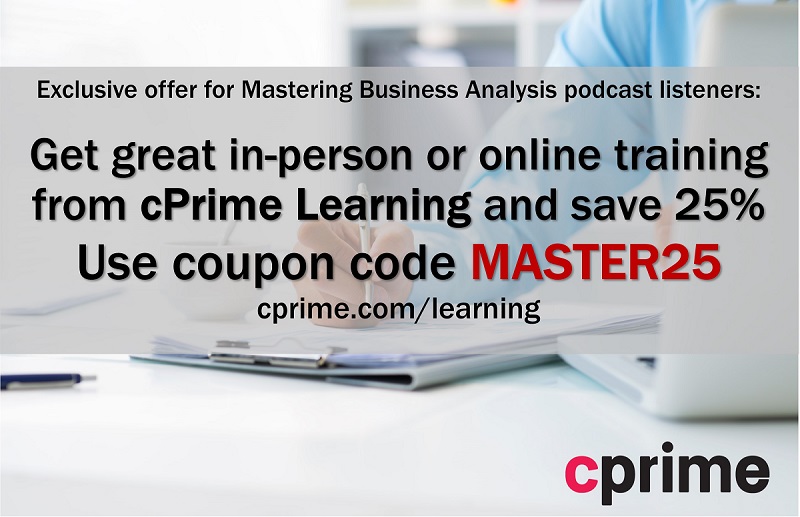In this episode, Product Management expert Roman Pichler discusses the importance of a product strategy and how the vision, strategy, roadmap, and backlog all fit together.
After listening to this episode, you'll understand:
- The difference between a Product Manager and a Product Owner
- How to develop a product strategy
- How the strategy, roadmap, and backlog all fit together
- Why a roadmap is so critical and how to overcome some challenges with roadmaps
Show Notes
Having a solid product strategy allows you to deliver the right product the right way. The strategy is the path or approach you choose to realize the vision.
How the vision, strategy, roadmap, and backlog fit together
The vision is the overarching aspirational goal; the positive change that the product should achieve in the world. It should be big, bold, ambitious, and inspirational. The vision provides grounding and a sense of purpose.
The product strategy will speak to the problem the product should address or the expected benefit, identify the customer, and describes how the product stands out.
A roadmap takes the high level strategy and provides more detail. It shows how product will likely evolve as well as the goals and benefits you’re likely to achieve.
Backlogs add the necessary detail about design and capabilities. You should be able to tie backlog items to the roadmap, which delivers on the strategy, which is aligned to the vision.
The vision is the big ‘Why’. Strategy also speaks to the ‘Why’ and also the ‘What’ and ‘Who’. The backlog provides more detail on the ‘What’. The product strategy bridges the gap between user stories and the vision.
Don’t lose sight
Often product owners and teams are so down in the details of user stories, they lose sight of the big picture. Having a clear product strategy gives you a reference point to tie back to and ensure you’re still aligning to the vision and product goals.
Minimize the risk of creating the wrong product with techniques such as producing the minimum viable product (MVP), using prototypes, observing and interviewing customers, and other approaches for getting rapid feedback. What you learn from this validation will allow you to adjust your approach or pivot on your strategy.
Roadmaps
Roadmaps are planning artifacts and like many planning artifacts, they become of little value when they’re outdated. A roadmap must be revisited and updated as we learn more from customer feedback.
At a minimum, a roadmap should be reviewed and updated at least quarterly. It’s a high level strategic plan, ideally showing rough timeframes and talk about the benefits that the releases or product versions provide and the goals those releases will help you meet.
The roadmap lets you see the high level path ahead for 12 to 18 months to help people understand where the product is going and allows people to plan accordingly. However, everyone must realize that the plan will be updated; it’s simply a list of options. The near-term details are in the backlog.
Listen to the full episode to hear all of Roman’s tips on developing a product strategy to make sure we build the right product to deliver value.
Your Homework
The single most important action you can take to make sure your requirements, backlog, and roadmap are aligned to user needs is to talk with your customers. Talking with customers gives you insights into what your customer needs are, how they use your product, and features that they don’t use. Use these insights to adapt your roadmap and requirements.
Links mentioned in this episode:
- Roman’s website Pichler Consulting
- Roman’s books

Roman Pichler
Pichler Consulting
Roman Pichler is a leading agile product management and Scrum expert. Roman is the author of several books including “Agile Product Management with Scrum“ and his latest book, “Strategize“.
Roman is an active contributor to the London product management community and a regular speaker at international conferences. Roman was named one of the 20 most influential agile people in April 2012.
Thank you for listening to the program
To get more valuable content to enhance your skills and advance your career, you can subscribe on iTunes.
Also, reviews on iTunes are highly appreciated! I read each review and it helps keep me motivated to continue to bring you valuable content each week.




Dave and Roman,
Thanks for the informative podcast. Figuring out product strategy takes time, since it’s (hopefully) the road map for a business. I really liked your point on creating a product strategy, so you don’t lose sight of your focus. A strong product strategy should keep a business on track and aligned with their goals.
Thanks again for the info. Hope to connect soon.
Dennis